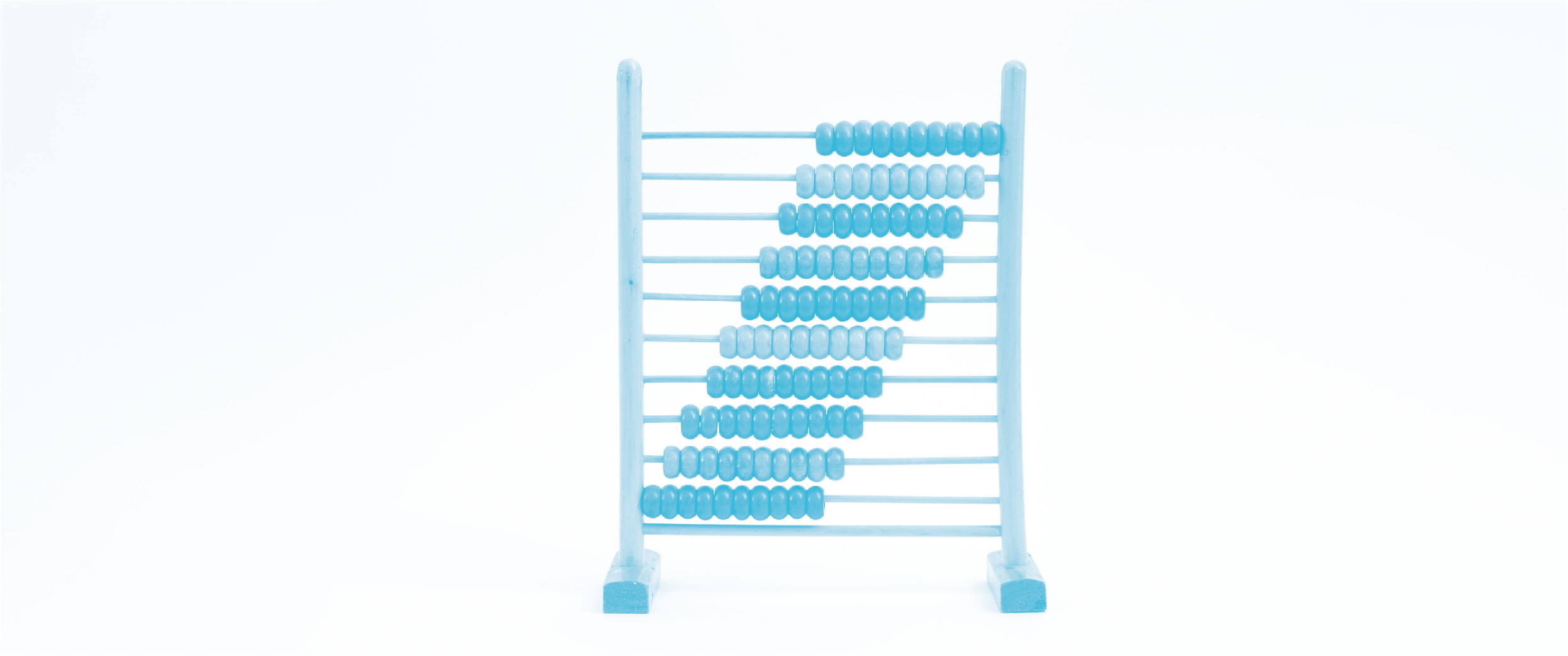
This fall, for the first time in over 20 years, all Grade 9 students in Ontario will take the same Math course.
This step is being described as the first in a series of measures aimed at destreaming learning in the first two years of high school across the province, which has provided courses at various levels of rigor (known as Academic, Applied, Open, and Locally Developed) in grades 9 and 10 since 1999. This followed a seven-year span in which the first year of high school was fully destreamed in the wake of a 1987 report which called for measures to ensure that students were provided with greater opportunities to build the skills they needed to succeed in the modern economy — a familiar refrain.
So yes, it’s been tried before. And yes, there has been a degree of uncertainty and cynicism about implementing destreaming in light of the many other challenges facing schools in the coming months and years. But despite all of this, destreaming is a vital and urgent step in transforming education — one that should have been taken many years ago, and most certainly should not have been reversed at the dawn of the 21st century. Here’s why.
It’s a matter of equity
Ensuring that all students have an opportunity to succeed should, frankly, be the beginning and end of the conversation about destreaming. As the CBC pointed out when the move to destream Grade 9 math was announced last summer:

“Research shows students from racialized communities, low-income households and other marginalized groups are more likely to be steered away from academic courses, which in turn affects everything from graduation rates to employment prospects later in life.”
There’s ample evidence to support this claim; streaming and tracking of high school students has been roundly criticized for its tendency to reinforce systemic barriers and achievement gaps. According to a recent report by the Higher Education Quality Council of Ontario, in conjunction with People for Education, researchers, practitioners, and organizations as wide ranging as the international Organisation for Economic Co-operation and Development (OECD) and the Toronto District School Board (TDSB) “have long critiqued the practice of streaming on the grounds that it perpetuates inequities along race and class lines.”
For this reason, the TDSB and other Ontario school boards have been implementing their own strategies in recent years to minimize the impact of streaming on student equity, and to plan forward in preparation for updates to additional high school curricula. For example, in the 2021-22 school year, Grade 9 students at schools in the Peel District School Board will be placed in multiple destreamed classes — math and English at minimum, and in some cases additional courses, depending on the school. This approach allows these boards to move from a reactive state to a proactive one, in which they can take advantage of the universal benefits of a destreamed learning model.
It provides flexibility to support innovative learning models
A streamed cohort is a segmented cohort — one that is predisposed to move in lockstep formation. But transformative pedagogy calls for the opposite approach, in which teachers and students have flexibility to collaborate in groups of different sizes, and engage in sustained, interdisciplinary learning.
Removing the barriers of streaming opens up a world of possibilities, literally: cross curricular projects and authentic learning activities can more easily take hold when schools don’t need to subdivide their students by stream in order to align courses on a timetable. This is especially exciting for Grade 9 — a year in which nearly every course is compulsory. Two teachers seeking to partner for an experiential opportunity, for example, will no longer need to consider whether they teach the same stream.
This approach has enormous benefits for students, including a reinforcement that what they’re learning in school is connected, and serves a purpose beyond marks and credits. But most of all, it scaffolds confidence building; interdisciplinary learning shines brightest when a student who might struggle with a skill in one subject (say, oral communication in English) has a chance to demonstrate that skill through the lens of another subject they enjoy (like a presentation about a personal passion in science class). Future ready educators and schools are chomping at the bit to bring these kinds of approaches to their learning communities, and destreaming is a vital step in unlocking their potential.

It fosters a personalized approach to learning
The Ontario government’s approach to destreaming has been criticized as lacking the planning and support necessary to support a wider range of learning needs in one classroom. But for teachers and schools who have adopted a personalized learning approach, this is a far less steep hill to climb. At a foundational level, this means allowing students to make multiple attempts at demonstrating what they know, and providing ongoing, Journey Based Assessment that supports advancement upon mastery.
Even in streamed courses, this approach pays tremendous dividends — because no matter how you slice it, everyone learns (and is motivated to learn) differently. Destreaming simply removes the fallacy that an entire class is at the same “level,” and can be supported in the same way.
Despite these benefits, and Ontario’s past experience, destreaming will be a challenging process. School leaders, teachers, students, and parents will need additional support to lead and be led through this change. But there can be no going back: the impact of streaming is far too great, and the impact of removing it from the start of high school will be substantial. Let’s dig in.

Future Design School provides destreaming strategy and support to educators and school leaders. Our unique tools and frameworks have been used by thousands of teachers around the world to embed innovative, future ready approaches to teaching and learning. Connect with us at team@futuredesignschool.com or 1-800-975-5631 to unlock your learning community’s potential.
